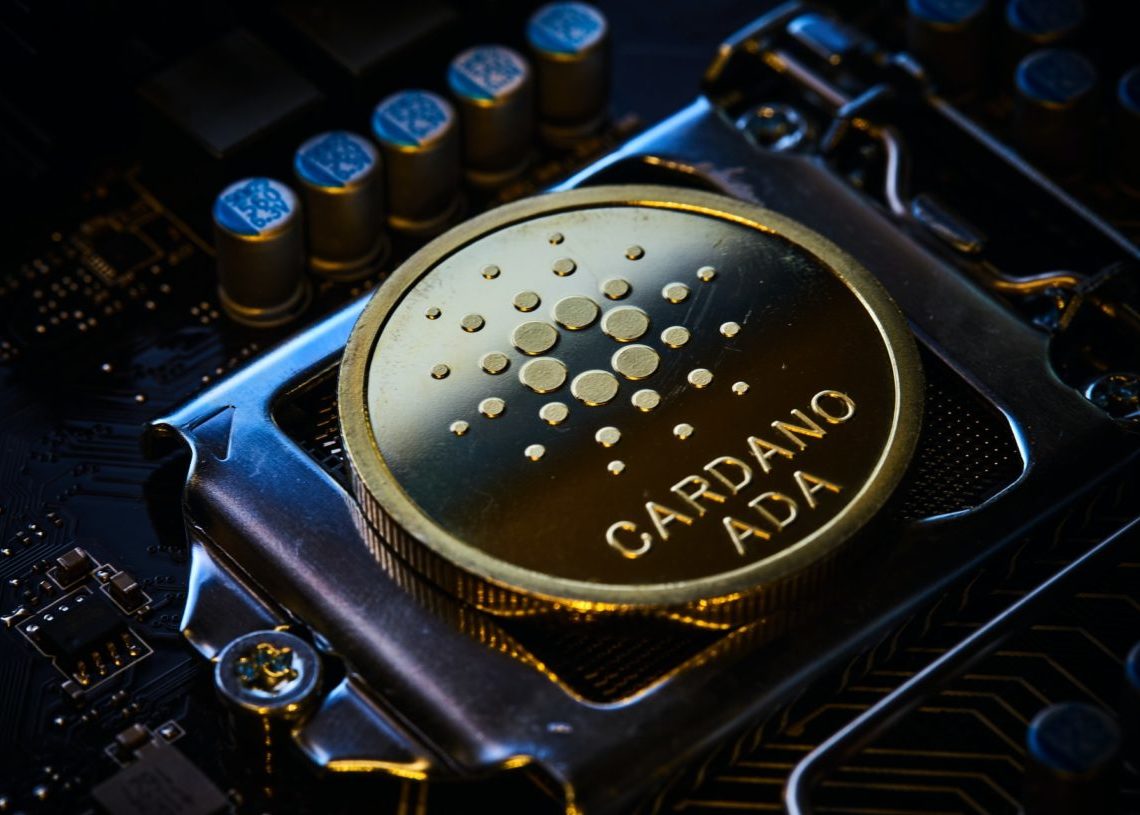Cardano’s much-awaited Vasil hard fork is heading towards its final leg, research wing Input Output [IOG] announced via Twitter. The upgrade is expected to ramp up the network in terms of speed and scalability significantly.
The Vasil hard fork is scheduled to go live on the 29th of June, but it is already up and running on Cardano’s testnet. With the previous hard-fork, Alonzo, Cardano implemented smart contract capabilities, allowing developers to build dApps.
In the Twitter thread, the firm is currently working on its final preparations to ensure minimal disruption to exchanges and ecosystem partners from Dapp developers to 3rd party tools providers.
Terming the upgrade as the “most complex to date”, IOG also announced that it has successfully delivered a new Node release for the Vasil upgrade infused with its latest Plutus smart contract capabilities.
The firm also revealed that it has managed to solve issues that the firm encountered while conducting its extensive ongoing testing program. Further, it wrapped up its post by saying at least 40 projects have been covered so far under the testing program.
“This final testing process is now underway with c. 40 projects BuildingOnCardano. This will help ensure that any changes do not adversely affect functionality for the Dapps that are already live on the network. Thanks to all the projects supporting this next important stage. We’ll be sure to keep you posted on progress in our next mid-month development update.”
With this latest upgrade, Cardano’s developers hope to scale up the efficiency of smart contracts to make Cardano blockchain cheaper and faster to use.
Number of active Cardano pools crosses 3000 as Vasil hard fork nears
On the other hand, the number of active Cardano [ADA] pools continues to rise in anticipation of the upcoming hard fork.
For those unfamiliar, Stake pools are run by a reliable operator an individual or business with the knowledge and resources to run the node on a consistent basis.
That said, investors are anticipating not only a price rise of the token but also an overall improvement to the ecosystem as a whole, which is why the number of active pools continues to expand as traders look to capitalize on both of these developments.

